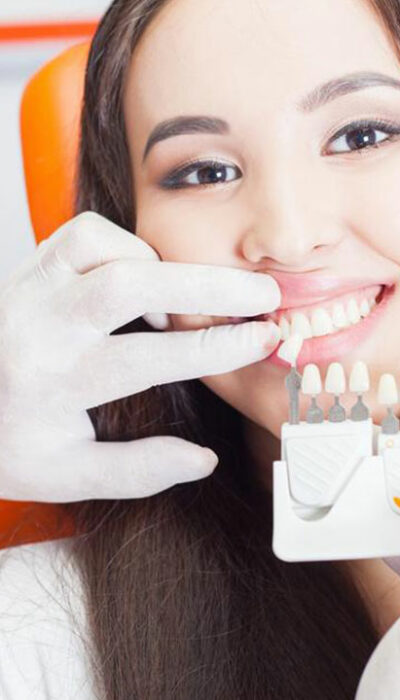
Superfoods that help improve blood circulation
Blood circulation is an essential function of the body. Organs would cease to function without the heart pumping fresh oxygenated blood to all body extremities. This is done by an intricate system of arteries and veins that carry the blood. However, high blood pressure, high blood sugar, unhealthy BMI, and even health complications can affect blood circulation. Doctors usually recommend incorporating the following foods daily to promote better circulation naturally. Beetroot Beets are superfoods highly recommended for improving blood circulation. This root vegetable is a rich source of nitrates. The body processes nitrates into nitric oxide, which helps expand blood vessels and simultaneously lowers inflammation. Beetroot also helps widen the arteries and lowers blood pressure. More importantly, it allows the blood vessels to absorb more oxygen and promotes better endurance as O2-rich blood keeps circulating in the system. Citrus fruits Oranges, grapefruits, and lemons are popular citrus fruits that should form part of daily foods for increased blood flow. These fruits contain vitamin C and antioxidants that lower the risk of oxidative stress to healthy cells, boost immunity, and lower the risk of inflammation. Certain citrus fruits contain active flavonoids that increase nitric oxide production to promote efficient circulation. Assorted berries Blueberries, bilberries, cranberries, blackberries, raspberries, strawberries, and currants (red, white, or black) are the richest natural source of antioxidants. Berries also contain essential polyphenols, namely anthocyanins and phenolic acids with anti-inflammatory markers. These chemicals promote the release of nitric oxide and protect the walls of the arteries from getting damaged. Pomegranates This is another excellent fruit that promotes the release of nitric oxide and antioxidants to regulate favorable blood pressure levels. The nutrient-rich red seeds mainly help dilate the blood vessels to absorb oxygen better and improve circulation. Active oxygen-rich circulation counters muscle and tissue fatigue and boosts energy levels throughout the day.










